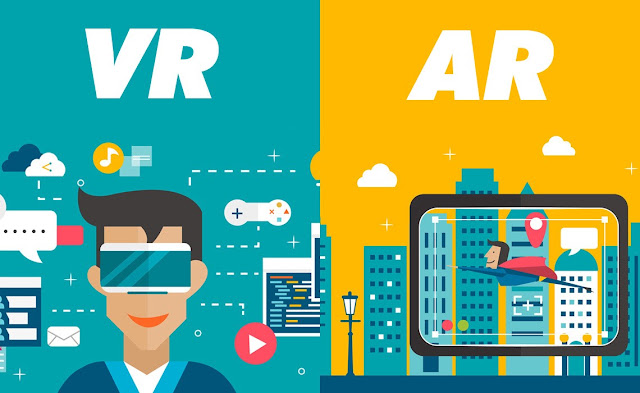Augmented Reality is necessarily a new technology that will allow the next generation of computing. AR is the future because it's a lot more socially tolerable than virtual reality. The wearable revolution is heading beyond Google Glass, fitness tracking and health monitoring. Typically AR is an enhanced version of the real physical world through the use of visual elements, sound or other sensory stimuli. One of augmented reality’s primary goals is to highlight specific features of the physical world, increase understanding of those features and derive smart and accessible insight that can be applied to real-world applications. It is an increasing trend among companies included in mobile computing and business applications in demanding.
Augmented reality is running to develop and become more pervasive among a broad range of applications. Since its conception, marketers, and technology firms have had to battle the attention that augmented reality is little more than a marketing tool. However, there is proof that consumers are beginning to derive real benefits from this functionality and expect it as part of their buying process. The future of AR belongs to a tool that can be used for almost any product and service to enhance or emphasize brand properties.
AR is a constantly-evolving field, and it has many practical uses for businesses and individual users alike.
E-commerce industry: Online shopping is a very profitable market segment for retailers, but customers are typically doubtful to buy products that they cannot physically interact with. Augmented reality offers a solution to this difficulty by providing users with a solid experience that combines the two spaces. Retailers use AR technologies to provide customers with the more comfortable and informative shopping experience.
Engineering with augmented reality: Engineers and designers use augmented and virtual reality to build models and designs for new products. The medium also serves developers create various alternatives for visualizations for their clients. Using AR technology, clients can socialize and experience designs firsthand.
Marketing through augmented reality: Augmented reality has opened up an innovative way for groups to sell their products. AR advertisements are growing the future of online and offline advertising. The increasing adoption of connected devices is another major factor that is estimated to ensure the completion of the overall market in the following years.
Digital world: The rise in the penetration of smartphone across the globe, particularly in emerging economies is supposed to push the augmented reality in the retail market in the next few years. Innovations in this field are considered to offer potential opportunities for the market players, thus encouraging its growth in the next few years.
The future of Augmented reality will probably be focused on video games mostly since it provides a lot of space for creativity. The latest smash hit Pokemon GO is based on augmented reality, and it was a massive success for a while.



